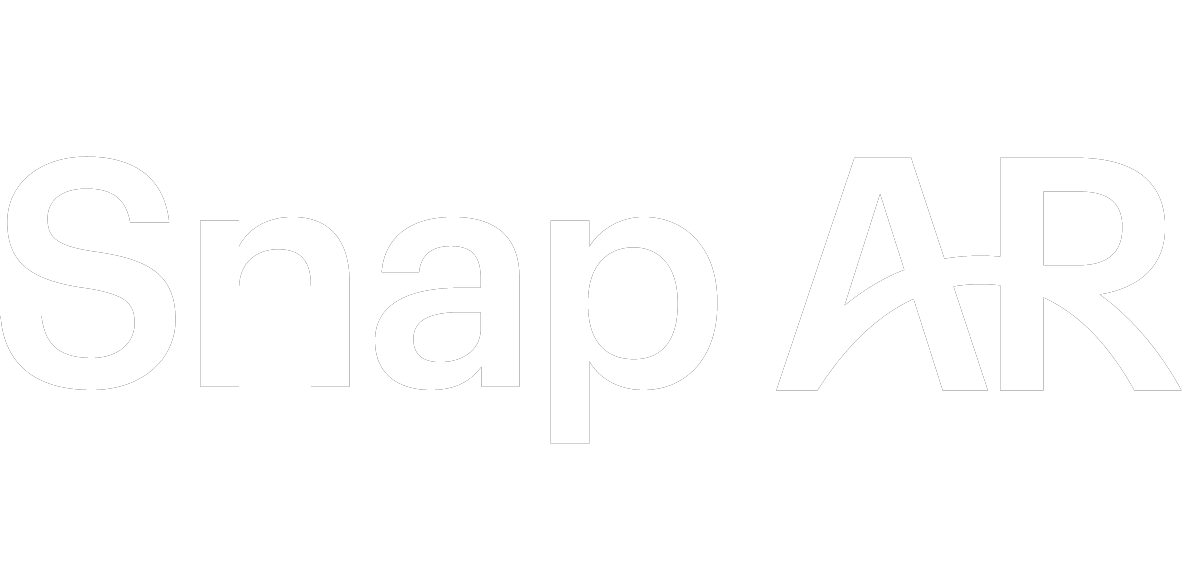Pradeepa blew us away with her Animal Print Dress Lens, designed specifically for New York Fashion Week, using our Body Mesh Feature. As a professional Lens Creator, she has some great insights for using Lens Studio and getting your creative work out there. Here’s our conversation with Pradeepa Anandhi:
SNAP AR: How’d you get into creating Lenses?
Pradeepa Anandhi: I’m a Snap Lens Network member and creative technologist. I started my career as an AR Engineer, where I developed applications/activations for brands like Saffron Aviation, Punjab Kings, Singapore International Airlines, and more. Two years back, I shifted my focus completely to the social AR space and since then, I’ve developed 40+ personal Lenses, and more than 20 social AR Lens/Effects for global brands like Pepsi, Gatorade, Jamaica Tallawahs, Speedo, and more.
Why did you start using Lens Studio?
Back in 2020, I found Lens studio and was amazed by the technical capabilities offered
by Snap AR. Before that, I hadn’t seen advanced tracking technologies like body tracking, body mesh, ground segmentation, and sky segmentation working seamlessly in mobile. The tracking stability was unmatchable with any other AR software development kits (SDKs) or engines that I have previously used for my AR creations. It opened up a lot of opportunities for me and that’s why I started creating social AR lenses using Lens studio.
Let’s talk about Animal Print Dress for a minute. What a killer Lens!
I wanted to develop a fashion lens that helps users unleash their wild side and, at the
same time, be up to date with current trends. This inspired me to go with an animal prints style because they’re synonymous with the desire to escape—to experience the energy of exotic lands and their environments. Plus, animal print costumes never go out of fashion. They will forever be classic. New York fashion tends to be driven by classic silhouettes and styles, and my animal print concept aligned perfectly, so I created this fashion lens with four animal-themed costumes for New York Fashion Week.
How do you want to continue to innovate using AR?
When I was working as a mobile AR engineer, I had a lot of advanced AR experiences and game ideas in my mind. But, most of them were limited by the technical abilities of the SDKs and engines that I used back then. I dreamt of having advanced capabilities like body tracking, hand tracking, semantic segmentation, and object tracking to develop more rich mobile AR experiences.
By the time I found the Lens Studio, it offered more than I expected. I started playing with Lens Studio and started bringing my crazy AR project ideas to life. It opened up the possibility of reaching millions of users with AR creations, which was very difficult before. Now, there are two areas where I would like to continue to innovate.
First, I want to continue with experience enhancement: Seamlessly blending AR experiences with the user's physical world and immersing users into AR games with motion-controlled gestures, shaders, VFX, and more. My other focus is storytelling: Using AR as a tool to help people to tell stories about themselves and at the same time helping brands to tell their stories via AR. For brands, instead of slapping on a logo, I want to focus on contextually integrating brand stories inside the experience.
What advice would you give to others looking to create new Lenses?
Don’t judge or criticize your own AR creations, or you will never create anything. Just
launch it! See what happens. Set deadlines for your personal projects. It’s easy to get trapped fine-tuning a personal project for months. Choose a lens with a holiday theme so you're forced to finish it before the holiday.
Other than that, hone your skills to the smallest detail. Continue to explore various aspects of AR's production pipeline such as interactive programming, interaction design, 3D modeling, VFX, shaders, and continue to create memorable AR experiences.


